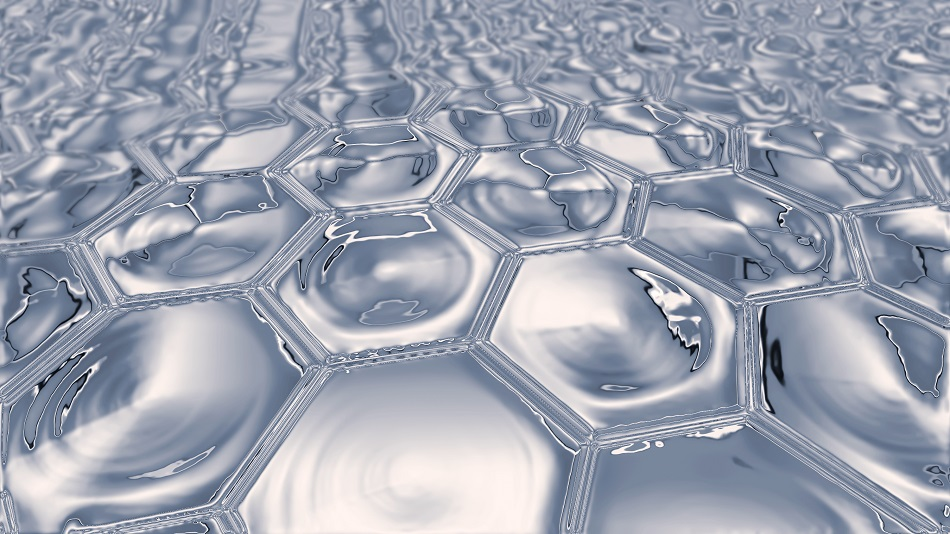A semi-classical explanation cannot be applied to thin-film quantum materials. An important classifier of quantum materials is the strongly correlated electron systems. Simply put, they exhibit electronic and magnetic properties that traditional theory cannot account for owing to the non-interacting properties of their constituents.

Image Credit: GiroScience/Shutterstock.com
Thin films can measure fractions of a nanometer up to a few micrometers in thickness. The deposition of thin-film material is an essential step for many real-world applications. However, quantum materials can be classified as having 0-Dimensions due to the 3-Dimensions being constrained at the quantum level. The quantum material aspect ratio is, therefore, higher than its bulk counterparts. How does this relate to thin films? Simple. The high aspect ratio of quantum material provides reactivity to the material making quantum materials vital for thin-film technology.
Quantum theory baffles and inspires researchers daily, meaning the field represents both an opportunity and a challenge. Thin-film quantum materials are one opportunity in the field of quantum mechanics. A study published in May 2019 (see references) has demonstrated another innovative method for creating thin films to control the emission of single photons. This method involves scaling 2-Dimensional blends of tungsten and selenium thin films which can potentially make them useful in creating quantum technology that would leave classic technology lagging (e.g. Computers, insulation monitoring). Single-photon generation remains a necessity for all-optical quantum computing and key distribution in quantum communications, which researchers believe is crucial for advancing quantum information technology. The project takes advantage of the strain encountered at high spatial localities and well-separated emission sites or tips, in a tungsten-selenium film – a quantum thin-film material.
The film is created using a traditional thin-film deposition – a chemical vapor synthesis that uses a multi-step diffusion-mediated gas source. Due to the film being extremely thin, it follows the radius of the tips and the material bends towards the substrate by more than a few percentage points. The strain caused by this method becomes enough to alter the structure of the material, but only at the tips.
Why Should the World be Excited by Thin Film Quantum Materials?
Thin-film quantum materials can be applied to existing day-to-day applications we take for granted. Take classic electronics as an example. Despite advances in power transfer rates, high percentages of electricity are lost during the transfer from power grids to homes. A loss that could be saved and stored if the technology available. Spintronics (spin transport electronics) postulates an intrinsic spin of the electron and its associated magnetic element in addition to the fundamental electronic charge present in solid-state devices. It differs from classic electronics because as well as the charge state, electron spins are exploited as a further degree of freedom allowing for higher efficiency of data, storage, and transfer. This is of great interest to quantum scientists due to the potential application of thin-film quantum materials that can take advantage of spintronics.
The controlled deposition of materials as thin-films is a pivotal step in many applications. Thin-film quantum materials represent tangible opportunities for research and development and will eventually provide a huge technological impact on our lives. One of the most exciting avenues involves the development of advanced materials technology allowing us to design and assemble materials with near-unlimited electronic, magnetic and structural properties. The potential success of thin-film quantum materials could include such things as superconductivity finally gifting us the ability to transmit energy without losing any. Imagine a world where we can efficiently convert heat into electricity without any energy loss whatsoever? That is the impact thin-film quantum materials might have on the world in the future.
Sources and Further Reading
Disclaimer: The views expressed here are those of the author expressed in their private capacity and do not necessarily represent the views of AZoM.com Limited T/A AZoNetwork the owner and operator of this website. This disclaimer forms part of the Terms and conditions of use of this website.